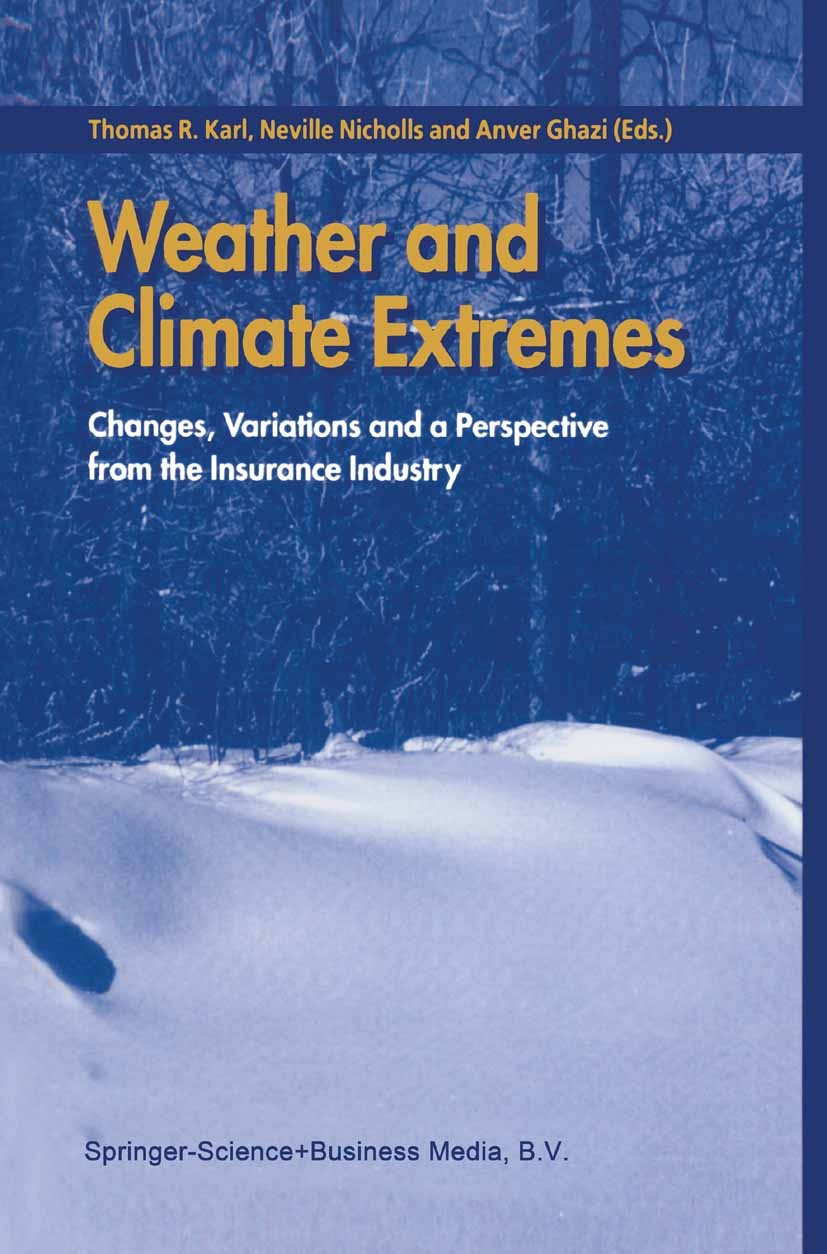Discernability of the vertical vortex structure of pre-existing disturbances and their implication for tropical cyclone formation
IF 6.9
1区 地球科学
Q1 METEOROLOGY & ATMOSPHERIC SCIENCES
引用次数: 0
Abstract
The formation of a tropical cyclone (TC) is often rooted in a pre-existing disturbance, yet our understanding of their structural differences and evolution into TCs remains limited. To bridge the knowledge gap, we examine tropical disturbances and depressions in the western North Pacific during the period 2004–2021 from a best-track dataset. Here we show four discernible structures of pre-existing disturbances in terms of their vertical and radial extents: broad vortex dominated by lower-tropospheric vorticity (Cluster 1), narrow vortex with its vorticity maximum in the lower troposphere (Cluster 2), broad and deep vortex spanning most of the troposphere (Cluster 3), and narrow vortex dominated by upper-tropospheric vorticity (Cluster 4), by applying unsupervised machine learning techniques. Out of the 2014 samples analyzed, almost 80 % exhibit vorticity maximum in the lower troposphere, while the others peak aloft. While these different structures have varying implications for stratiform and convective precipitations, there is no clear preference for specific vortex structures in pre-existing disturbances for TC genesis in the next 6 h. On the other hand, the time it takes for TC genesis or the intensification rate is more closely related to the upper-level extent of relative vorticity rather than the local maximum magnitude or radial size of the vortices. Despite the uncertainty concerning the data during the earlier lifetime, the study introduces a systematic approach to categorizing the vortex structures of pre-existing disturbances which provides new insights into their role in TC formation.
已存在扰动的垂直涡旋结构的可分辨性及其对热带气旋形成的意义
热带气旋(TC)的形成通常植根于预先存在的扰动,但我们对它们的结构差异和向TC演变的理解仍然有限。为了弥补知识差距,我们从最佳跟踪数据集中研究了2004-2021年期间北太平洋西部的热带扰动和低气压。通过应用无监督机器学习技术,我们展示了四种可识别的已存在扰动结构:由对流层低层涡度主导的宽涡(簇1),涡度最大的对流层低层涡(簇2),跨越大部分对流层的宽深涡(簇3),以及由对流层上层涡度主导的窄涡(簇4)。在分析的2014个样本中,几乎80%的涡度在对流层下层达到最大值,而其他的则在高空达到峰值。虽然这些不同的结构对层状降水和对流降水有不同的影响,但在接下来的6小时内,对已有扰动中的特定涡结构的TC形成没有明显的偏好。另一方面,TC形成所需的时间或增强速率与上层相对涡度的程度更密切相关,而不是与当地最大涡的大小或径向大小密切相关。尽管早期的数据存在不确定性,但该研究引入了一种系统的方法来对预先存在的扰动的涡结构进行分类,这为它们在TC形成中的作用提供了新的见解。
本文章由计算机程序翻译,如有差异,请以英文原文为准。
求助全文
约1分钟内获得全文
求助全文
来源期刊

Weather and Climate Extremes
Earth and Planetary Sciences-Atmospheric Science
CiteScore
11.00
自引率
7.50%
发文量
102
审稿时长
33 weeks
期刊介绍:
Weather and Climate Extremes
Target Audience:
Academics
Decision makers
International development agencies
Non-governmental organizations (NGOs)
Civil society
Focus Areas:
Research in weather and climate extremes
Monitoring and early warning systems
Assessment of vulnerability and impacts
Developing and implementing intervention policies
Effective risk management and adaptation practices
Engagement of local communities in adopting coping strategies
Information and communication strategies tailored to local and regional needs and circumstances
 求助内容:
求助内容: 应助结果提醒方式:
应助结果提醒方式:


